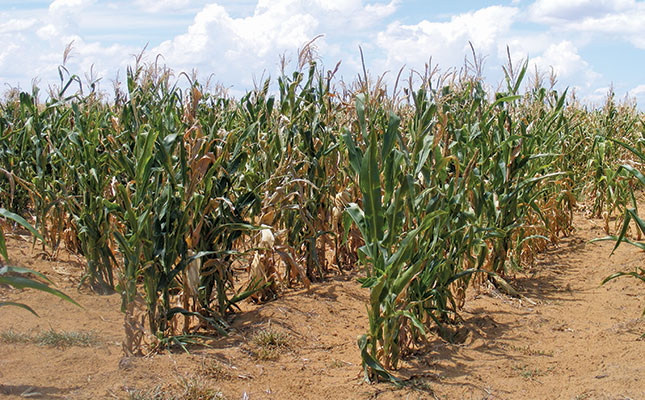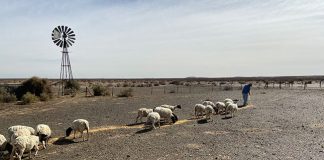
John Loos, household and property and sector strategist at FNB, said that the recent drought had had a severe impact on agricultural production, hitting employment in the sector and pushing up food prices and overall consumer price inflation.
This could have implications for interest rates as well as national real disposable income growth.
“The drought’s impact on food supply has been a key driver of sharply higher food price inflation in recent times, and this has had implications for the consumer. The food and non-alcoholic beverages component of the consumer price index (CPI) for South Africa has a large weighting of 15,4% of the overall CPI. It thus has the ability to significantly influence the overall CPI inflation rate.
“As at November 2016, the food and non-alcoholic beverages CPI inflation rate accounted for 1,8 of a percentage point of the overall CPI inflation rate of 6,6% in that month, making it the largest single contributor to the overall CPI inflation rate,” Loos said.
He added that the drought had not ended, with many parts of the country still suffering severely. But encouraging reports had emerged from certain areas.
At the same time, a sharp slowdown in the producer price index for agriculture, from 20,6% year-on-year in June 2016 to 6,9% in November 2016, provided some hope that the CPI for food and non-alcoholic beverages would soon begin to see a slowdown in inflation.
“This is expected to be key in slowing overall CPI inflation back into the 3% to 6% target range, from an expected average of 6,3% for 2016 as a whole to 5,9% in 2017. This slowdown in overall CPI inflation is not a major one, but is important in terms of our expectation that 2017 may not see further interest rate hiking,” Loos said.
Yudhvir Seetharam, head of analytics at FNB, said the past year for most farmers had been a challenging year due to the drought conditions. With a 75% likelihood of a La Niña weather phenomenon in 2017, the much-needed rain would bring relief to the sector.
“If the rain is consistent, we’ll see a normalisation in crop production. The meat market may still add to food inflation, but with good rain, we may see a general decrease in overall food inflation,” he said.











